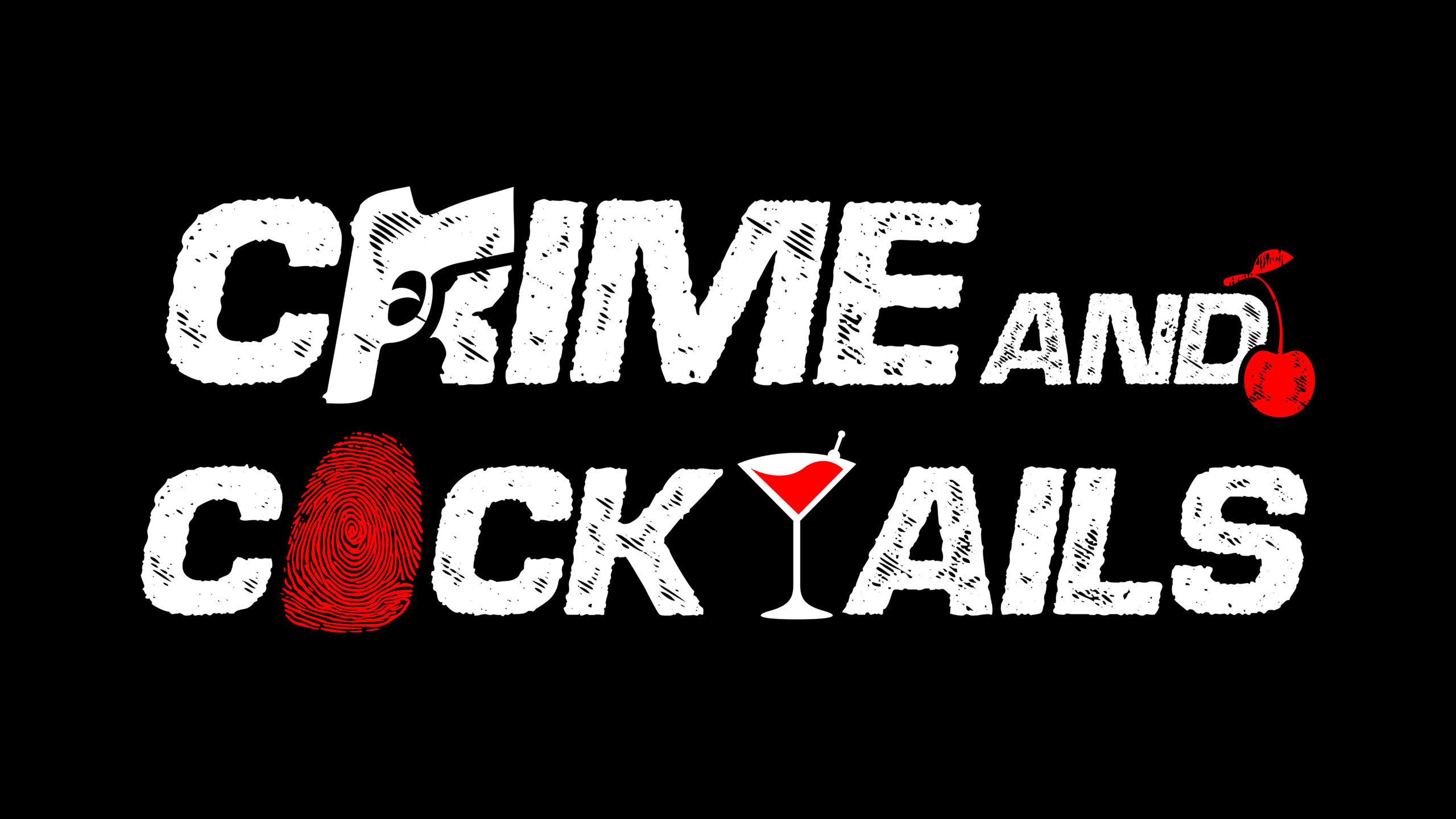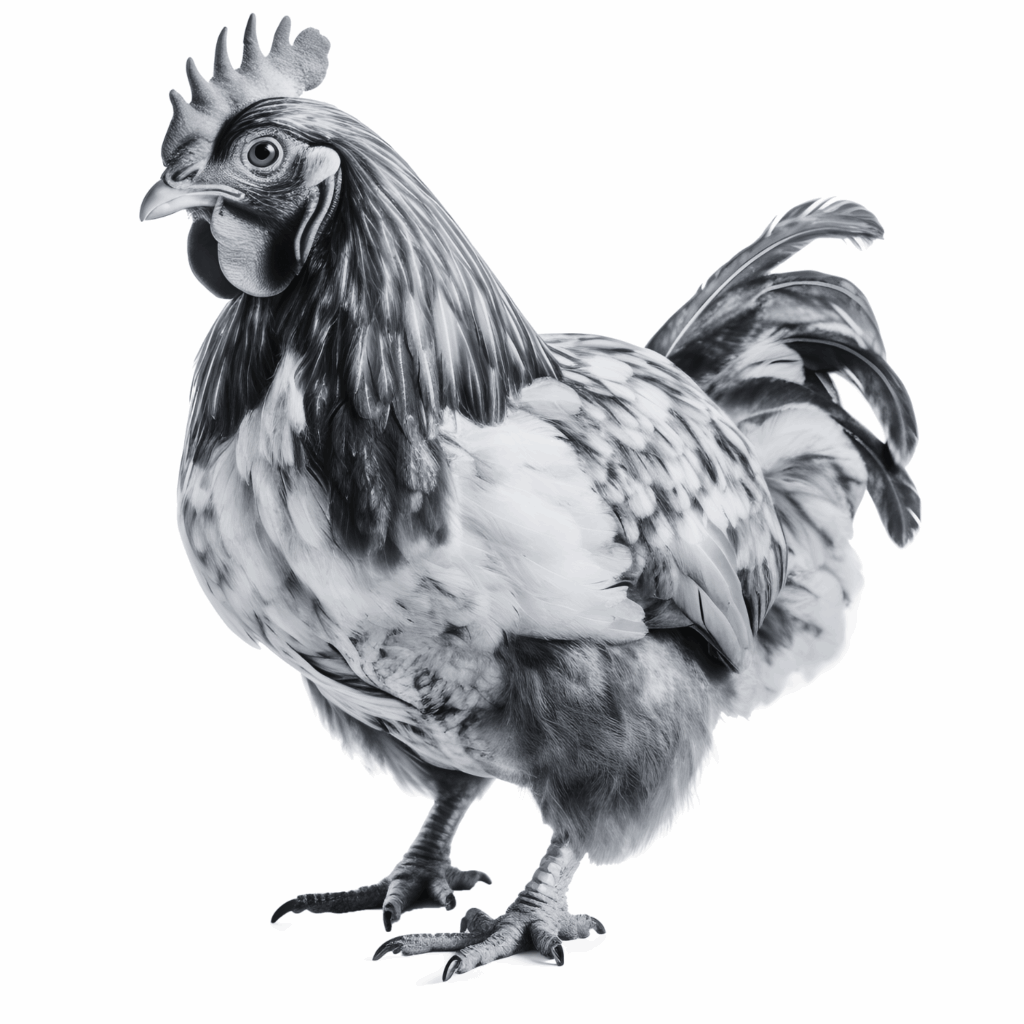Feathered Fortune: Opportunity Amidst Faith
By the late 19th and early 20th centuries, kosher poultry—notably chicken—had transcended modest shtetl clusters to become a booming urban commodity. Nearly $16 million worth of kosher poultry moved through New York annually, supplying a burgeoning Jewish population craving fresh fowl for Shabbat and festivals.
But this industrial growth came at a price: an abusive market structure. Raw chicken traveled from rural farms to city markets—changing hands through railroad crating, middlemen, slaughterhouses, distributors, and finally to kosher butchers (shocheṯim). With each hand握 profit margins fell drastically, and the system became ripe for exploitation.
The critical vulnerability – a highly fragmented kosher slaughter market devoid of state regulation. In this vacuum, gangs found fertile ground to establish control through price-fixing, intimidation, and brand police—ironically enforcing the very religious standards they compromised
The Trust, The Bombings, and The Broker
In New York City circa 1906, local poultry distributors banded together to form the Live Poultry Commission Merchants’ Protective Association. Their mission: monopolize and fix prices on kosher chickens, squeezing both retailers and religious consumers.
To enforce compliance, the association turned to violence and sabotage:
- They bombed competing stores.
- Thugs tampered with trucks’ engines mid-operation.
- Poisoning of chickens, horse beatings, and broken storefront windows became daily sabre-rattling
Victims who dared resist would be met not with legal action, but felony thuggery:
“If his wholesaler did not comply, the broiler might be kerosene‑sprinkled or poison‑laden by a band of ‘the Boys,’ ex‑convicts and plug-uglies… In The Bronx… hoodlums vigorously banging sawed‑off billiard cues… against plate glass.”
Barnet “Baruch” Baff: The Martyr of Poultry
One shining disruptor emerged: Barnet “Baruch” Baff, a poultry retailer who straight‑talked his way into cutting out the rackets. By buying directly from farms, operating his own slaughter, owning trucks and avoiding middlemen, he undercut the prevailing cartel.
But Baff’s honest game came at a fatal cost. Illuminating price-fixing practices in a major racketeering trial in 1911, thirteen distributors were convicted—but the Association’s violence escalated.
- His poultry and horse were poisoned.
- Bombs destroyed his cottage and store.
- Finally, in November 1914, Baff was shot dead in the Washington Market by gunmen who vanished into a waiting car..
Baff’s assassination stunned New York and forced a major law-enforcement reckoning. His death also unveils the stark reality: when faith met free enterprise, gangsterism moved in to exploit the cracks.
Codified Corruption: Courts Scramble to Respond
Following Baff’s murder, the correspondence exploded. From 1906 to 1929, over 125 witnesses, 2,500 pages of testimony, and 88 defendants were consolidated under U.S. v. Greater New York Live Poultry Chamber of Commerce.
The Southern District and U.S. Supreme Court eventually confronted the trust—but enforcement remained inconsistent. With procurement laws murky and kosher certification a religious domain, civic authorities stumbled. Ultimately, despite convictions, racketeers often thwarted full punishment.
A 1933 Time exposé noted:
“A crime ring has its bloody eye on him… The truck and even the crate… may be under criminal control… 90% of all New York poultry is consumed by Jews… and if his district did not toe line, the broiler might be poisoned or kerosene‑sprinkled. The butcher’s district and his wholesaler… were assigned by poultry racketeers.”
From “Kosher Nostra” to Union Bosses
The phenomenon didn’t die with Prohibition; it mutated.
- Jewish gangsters, gravitating from numbers‑rackets to food trades, infiltrated kosher poultry, bakeries, and meatpacking. Institutions like the Lenox Avenue Gang and Meyers Lansky’s crew gained footholds.
- In the 1960s, notorious Lucchese figures like Johnny Dio manipulated kosher meat distribution. By merging Consumers Kosher Provision with rivals—and engineering union strikes and certifier collusion—they cornered supermarket supply chains
- Union muscle forced supermarket chains to shift business.
- Companies hoarded or redistributed meat to applied pressure.
- Spoiled product was dumped into the market; prices manipulated.
The Kosher Mafia, deeply entwined with Italian crime syndicates, gave rise to combined power structures sometimes called the “Kosher Nostra.”
Reddit user reflections echoed it: “Luchese owned kosher chicken conglomerate… While these companies were mostly legitimate as they grew, they only grew because of threats of violence, intimidation, bid rigging etc.”
The Rubashkin Legacy and Corporate Collapse
Fast‑forward to modern times, and familiar names emerge.
Agriprocessors, Inc., once the largest kosher meat plant in the U.S., became synonymous with scandal:
- 2008 ICE raids arrested 398 immigrant workers; labor abuses and safety issues followed.
- Investigations revealed intimidation tactics and anti‑competitive behavior including union collusion
- Allegations surfaced that the Rubashkins and partners withheld supply from competitors or engaged in meat quality manipulation
Ultimately, Agriprocessors filed bankruptcy, and CEO Sholom Rubashkin was tried for fraud, receiving a 27‑year sentence (later commuted in 2017)
This modern case marks how the original moral corrosion of racketeering and fraud persisted into corporate kosher giants—underscored by violence, legal gray zones, and profit-driven extremities.
Faith vs. Force: Dark Alliances in the Name of Kosher
Candy-coated narratives of kosher purity obscure a bleaker reality: when a sacred market yields wealth, criminal elements lurk in the wings.
- Gang‑backed schocheṯim enforced kosher brands—ensuring compliance with threats, not halachic oversight .
- Certification certifiers, formerly symbols of trust, were permeated by shadowy alliances, blurring religious authority with racketeering .
- The Kosher Nostra thrived in zones between faith, finance, and law enforcement. Even modern illicit economies—e.g., drug‑smuggling through kosher plants—hark back to this lineage .
Lessons from Litters and Lies
- Religious demand doesn’t immunize markets from corruption. When faith meets profit, ethical guardrails fail.
- Structural voids invite mafia rule. With fragmented, religiously regulated domains, organized crime becomes the de facto regulator.
- Truth doesn’t travel in feathers—the tales of Mafia‑drugged kosher plants and executive conspiracies only emerge when systems collapse.
- Modern kosher giants may still hide secrets—past events like the Agriprocessors scandal show how even today’s kosher empires can echo earlier rackets.
What We’re Left With
- The murder of Barnet Baff sparked the first real blowback against kosher rackets—but enforcement remained patchy.
- The evolution from the early 1900s “Chicken Racket” to mid‑century Mafia takeover revealed power structures built on coercion and collusion.
- Even in the 21st century, the kosher food market isn’t free from corrupt entanglements involving labor raids, corporate fraud, or food integrity threats.
Today’s kosher food consumer must contend with more than religious stringency: awareness of the moral and structural systems behind their poultry, emphasizing transparency and regulation as deterrents against repeating the darker chapters of “Kosher chicken” history.
In summary, the tale of kosher chicken is not just a story of faith and kitchen tradition—it’s a narrative of corruption, crime, and capital. Across a century, illicit networks wove into the Very Fiber of a sacred food chain, reminding us that where religious obligation meets market opportunity, the shadow of the racketeer can lurk just beyond the freezer door.


